World’s 1st nuclear-diamond battery of its kind could power devices for 1000s of years
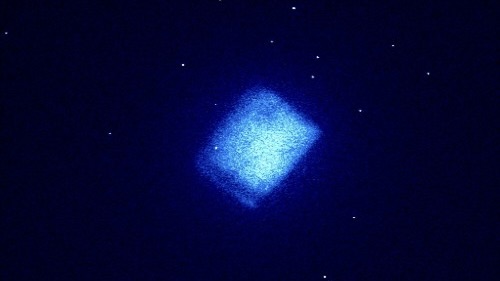
The world’s first nuclear-diamond battery uses carbon-14 to power devices for more than 10,000 years.
Science and Technolgy blog

The world’s first nuclear-diamond battery uses carbon-14 to power devices for more than 10,000 years.
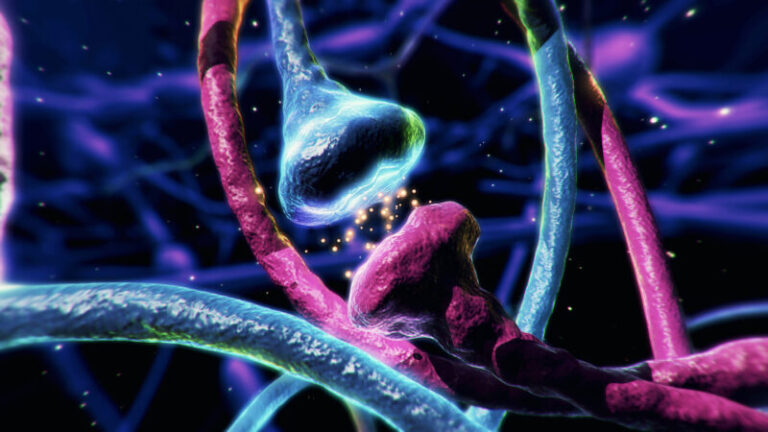
Dopamine (noun, “DOPE-uh-meen”) Dopamine is a chemical messenger in the brain. It helps you learn and focus and even motivates you to achieve your goals. Though related to feelings of happiness or satisfaction, think of dopamine more as the chemical…
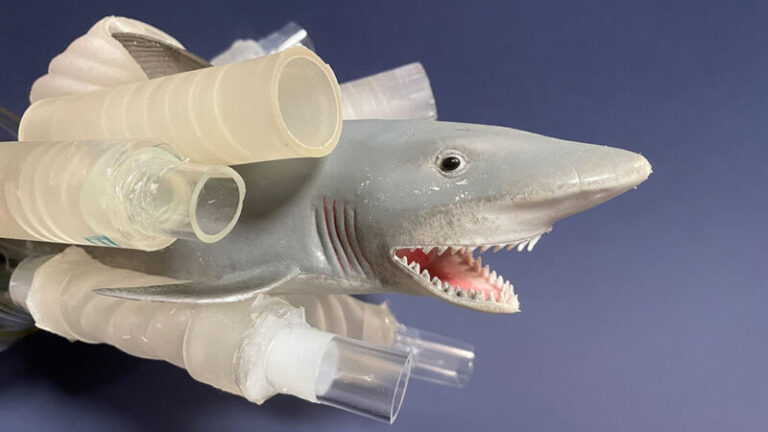
When you turn on a faucet, water flows one way: out into the sink, then down the drain. That one-way flow is important. If the flow reversed, clean water might become dirtied by germs or other contaminants. But keeping the…
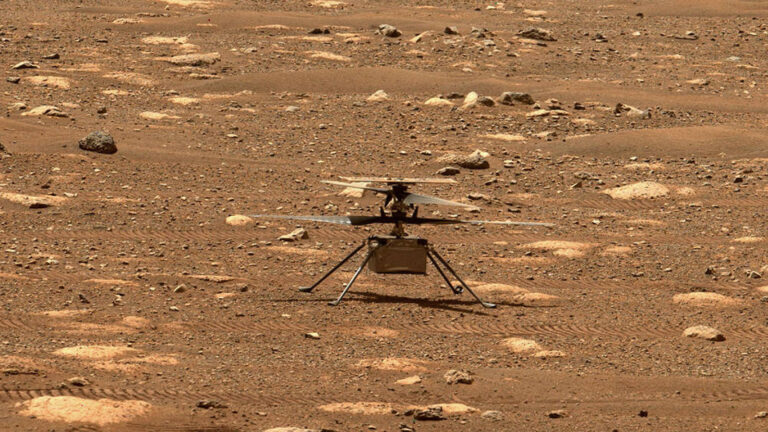
“She still has one final gift for us, which is that she’s now going to continue on as a weather station of sorts.”
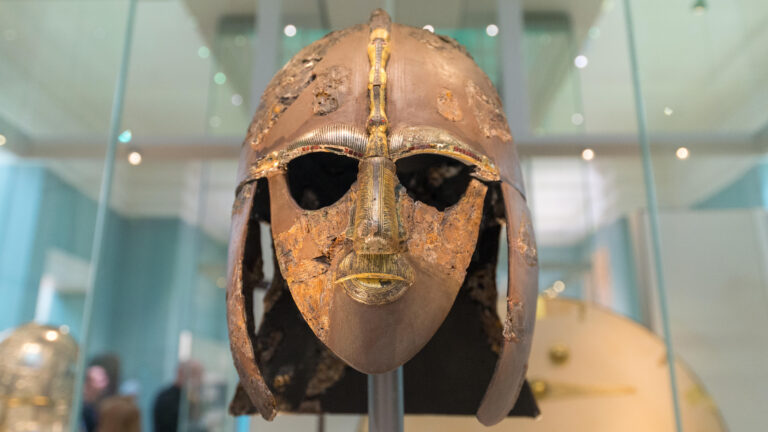
Fragments of a helmet recovered from the Sutton Hoo ship burial show that early-medieval metalwork could be decorative and functional.
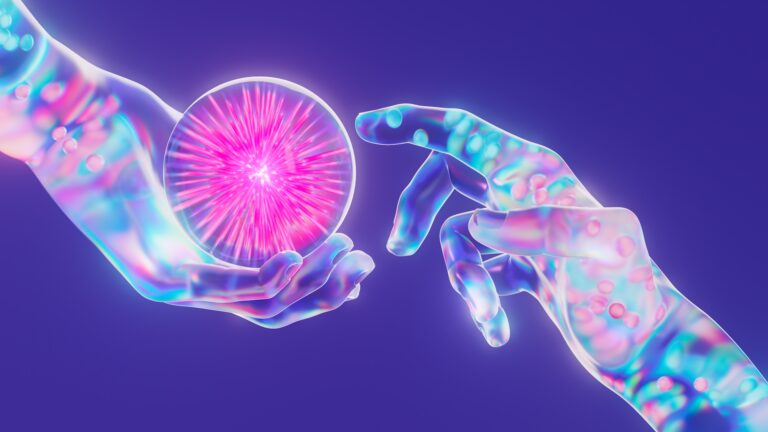
Atoms make up everything around us, but do these building blocks of matter ever actually touch?
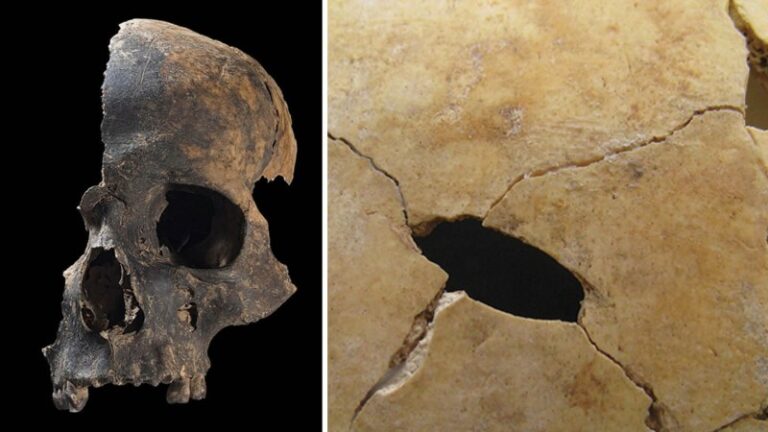
Bones recovered from a natural shaft unveil a 4,000-year-old massacre of men, women and children, possibly part of a cycle of revenge killings.
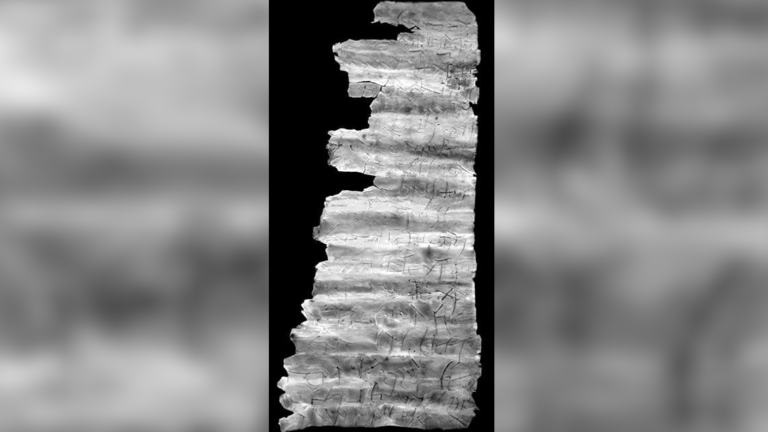
A silver amulet found in a 1,800-year-old grave in Germany speaks to the importance — and the risk — of being Christian in Roman times.
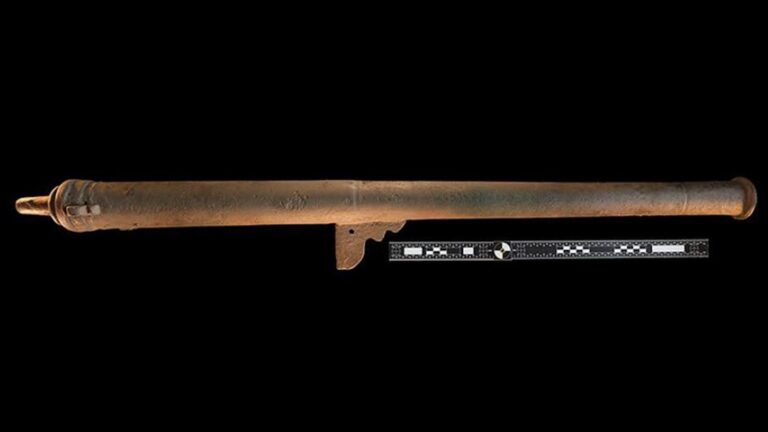
Two cannons found at a site dating to 1541 in Arizona may be the oldest surviving firearms in the U.S. They were abandoned by the Spanish after they were defeated in battle.
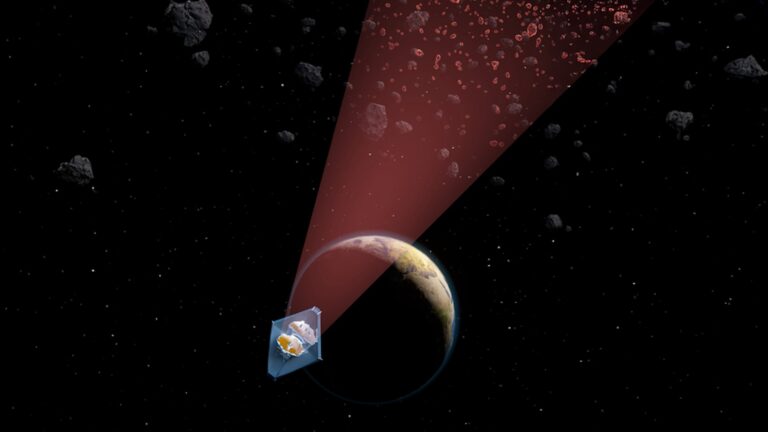
Astronomers analyzing archival images from JWST have discovered an unexpectedly vast population of the smallest asteroids ever seen in the asteroid belt between Mars and Jupiter.